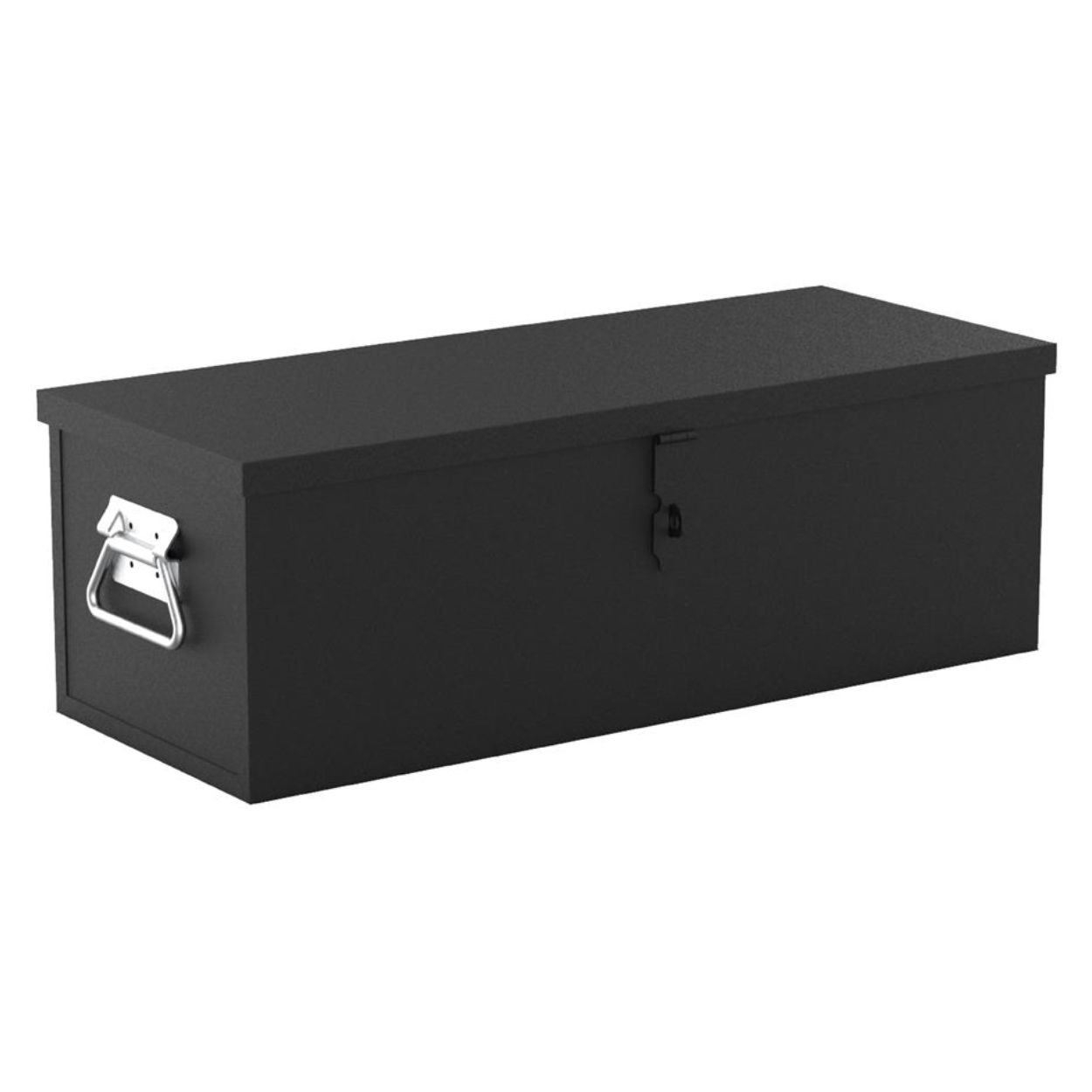
- +86 180 5858 6702
- [email protected]
- Yongjiang Industrial Park, Ningbo, Zhejiang
This article delves into the critical aspect of workbench height and explores whether the common recommendation of “just below elbow height” is truly the optimal setup. As a leading workbench manufacturing vendor, we understand that the height of the workbench significantly impacts comfort, efficiency, and overall productivity. Whether you’re a seasoned professional, a DIY enthusiast, or just starting, this comprehensive guide will provide valuable insights into choosing the right workbench height for your specific needs and type of work, ensuring you can work comfortably and effectively. We’ll discuss adjustable workbenches, the importance of ergonomics, and other essential factors to consider when selecting the perfect workbench height.
The ideal workbench height is one that allows you to work comfortably and efficiently, without straining your body or compromising your posture. While the “just below elbow height” rule is a good starting point, the best workbench height can vary depending on individual factors such as your height, the type of work you do, and your personal preferences. As a workbench manufacturer, I’ve seen firsthand how the right height can dramatically improve a person’s work experience.
The height of the workbench directly impacts your posture and comfort. A workbench that is too high can cause shoulder and neck pain, while a workbench is too low can lead to back pain and hunching. The proper height allows you to maintain a neutral spine and work with your arms and hands in a natural, relaxed position. This is why choosing a comfortable height is very important.
The type of work you perform is a crucial factor in determining the optimal workbench height. Woodworking, for example, often involves using hand tools like chisels and planes, which require a certain amount of downward force. For such tasks, a workbench height that is slightly lower than elbow height can provide better leverage and control. You need to adjust the height depending on what you are doing.
On the other hand, tasks that involve precision work or detailed assembly might benefit from a higher work height, allowing you to get closer to the work piece and see intricate details more easily. Heavy work, such as metalworking or using heavy machinery, may require a lower, more stable workbench to accommodate the forces involved. Your work height should change depending on the type of work you do. Our lifting workbench is a perfect option for those that need to change their work height constantly.
An adjustable height workbench offers the greatest flexibility, allowing you to customize the work height to suit different tasks and users. With an adjustable workbench, you can easily switch between a lower height for heavy work or woodworking and a higher height for precision work or assembly. This versatility makes adjustable workbenches an excellent choice for multi-purpose workstations. As a manufacturer, we offer adjustable workbenches to many different companies.
Adjustable height workbenches come in various styles, from manual crank-operated models to electric versions that allow you to adjust the height with the push of a button. Some models offer a wide range of height adjustment, while others have a more limited range. When choosing an adjustable workbench, consider the range of height you need and the ease of adjustment.
Ergonomics, the science of designing workspaces and tools to fit the human body, plays a vital role in determining the best workbench height. An ergonomic workbench height promotes good posture, reduces strain on muscles and joints, and minimizes the risk of developing musculoskeletal disorders. Paying attention to ergonomics can help prevent injuries and make your work more comfortable and enjoyable. The height provides you with more comfort.
A key principle of ergonomics is maintaining a neutral posture while working. This means keeping your spine naturally aligned, your shoulders relaxed, and your elbows close to your body. The correct height for your workbench will allow you to achieve this neutral posture effortlessly.
While the “just below elbow height” rule is a helpful guideline, a more accurate method for determining the correct workbench height involves considering your individual body measurements and the type of work you’ll be doing. Stand upright with your arms relaxed at your sides. Bend your elbows to a 90-degree angle, as if you were working at a bench. Measure the distance from the floor to your bent elbow.
This measurement provides a good starting point for your workbench height. However, you may need to adjust this height slightly based on the specific tasks you’ll be performing. For woodworking or heavy work, you might prefer a workbench that is 1-2 inches lower than your elbow height. For precision work or tasks that require close attention to detail, you might prefer a workbench that is at or slightly above your elbow height.
A lower workbench can be advantageous in several situations. When performing tasks that require significant downward force, such as chopping wood or heavy hammering, a lower height provides better leverage and stability. A lower workbench can also be beneficial when working with large or heavy workpieces, as it allows you to position your body more comfortably and exert more control. Your height depends on your project.
Additionally, a lower workbench can be more suitable for individuals who are shorter than average height. If you find that standard-height workbenches are too high for you, even at their lowest setting, a lower workbench might be a more ergonomic option. You should not have to use a stool to use your workbench.
The use of hand tools is a significant factor to consider when determining the ideal workbench height. Many woodworking tasks, for example, involve using hand tools like chisels, planes, and saws. These tools often require you to exert downward force or make controlled, repetitive motions. If you find that your workbench is too low, you may need to find a new one.
For such tasks, a workbench height that is slightly lower than elbow height can provide better leverage and control. This height allows you to use your body weight more effectively and reduces strain on your arms and shoulders. When using hand tools, it’s also important to consider the height of the work itself. You may need to adjust your workbench height or use risers to position the work piece at a comfortable height for optimal control and visibility. Our tool carts might be a good option for you.
Beyond elbow height and type of work, several other factors can influence your choice of workbench height:
Choosing the best height involves a combination of measurements, considerations of the type of work, and personal preferences. Start by measuring your elbow height as described earlier. Then, consider the tasks you’ll be performing most frequently. If you primarily do woodworking or heavy work, you might want to subtract an inch or two from your elbow height measurement.
If you’re still unsure, consider building a simple mock-up of a workbench using scrap wood or other materials. Experiment with different heights until you find one that feels comfortable and allows you to work efficiently. Remember, the goal is to find a height that promotes good posture, reduces strain, and allows you to work comfortably for extended periods.
Adjustability is a highly desirable feature in a workbench, especially if you perform a variety of tasks or share your workstation with others. An adjustable height workbench allows you to customize the work height to suit different projects and users, making it a versatile and adaptable solution. The height for your workbench can be changed with ease.
With an adjustable workbench, you can easily switch between a lower height for tasks that require more leverage or downward force, and a higher height for precision work or detailed assembly. Some adjustable workbenches even offer the option to tilt the work surface, providing additional flexibility for specific tasks like drafting or drawing.
What is the standard height for a workbench?
The standard height for a workbench is typically between 34 and 36 inches. However, this can vary depending on the manufacturer and the intended use of the workbench. If your workbench is too low, you should look for a new one.
Is it better to have a workbench that is too high or too low?
It’s generally better to have a workbench that is slightly too high than too low. You can always use a platform or anti-fatigue mat to raise your working height if the workbench is too high. However, if a workbench is too low, it can be difficult to correct without compromising stability. Your workbench allows you to work on many different projects.
Can I use a stool with my workbench?
While you can use a stool with your workbench, it’s generally not recommended for prolonged work sessions. Sitting on a stool can lead to poor posture and discomfort. It’s better to choose a workbench height that allows you to work comfortably while standing. This is why you should not use a stool.
How do I know if my workbench is the right height?
Your workbench is likely the right height if you can work comfortably for extended periods without experiencing pain or strain in your back, shoulders, or neck. You should be able to maintain a neutral posture with your spine naturally aligned and your elbows close to your body.
Can workbench height affect the quality of my work?
Yes, workbench height can affect the quality of your work. If your workbench is too high or too low, it can compromise your control over tools and materials, leading to mistakes and inaccuracies. The correct workbench height allows for better precision and control.
What if I share my workbench with others?
If you share your workbench with others, an adjustable height workbench is the best solution. This allows each user to customize the workbench height to their individual needs and preferences. If an adjustable workbench isn’t feasible, you might consider having multiple workbenches at different heights or using platforms or risers to adjust the effective work height.
| Factor | Impact on Workbench Height |
|---|---|
| Type of Work | Woodworking and heavy work may benefit from a slightly lower workbench; precision work may require a higher workbench. |
| Elbow Height | A good starting point; measure from the floor to your bent elbow (90 degrees) while standing. |
| Ergonomics | Promotes good posture, reduces strain, and minimizes the risk of injuries. |
| Personal Preference | Ultimately, choose a height that feels comfortable and natural to you. |
| Hand Tool Usage | Often requires a slightly lower workbench for better leverage and control. |
| Adjustability | Allows customization of work height for different tasks and users; highly desirable for versatility. |
| Workspace | Ensure the workbench fits comfortably in your available space and allows for adequate movement. |
| Other Tools | Consider compatibility with other tools, such as matching the height of a table saw’s outfeed table. |
| Lower Workbench | Advantageous for tasks requiring downward force, working with large workpieces, or for individuals shorter than average height. |
| Stool Usage | Generally not recommended for prolonged work sessions as it can lead to poor posture and discomfort. It is important to maintain a good posture. |
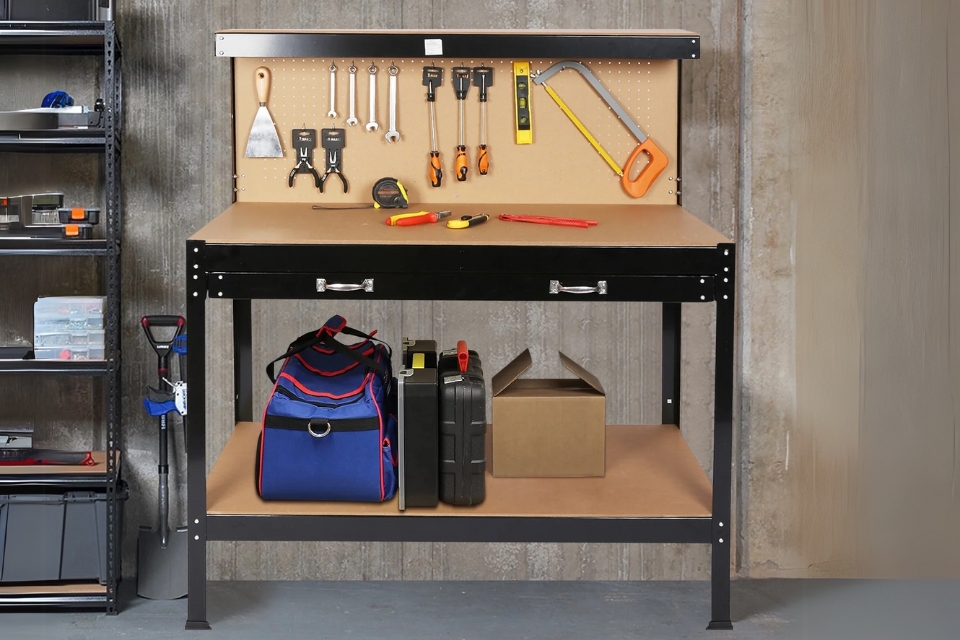
This article delves into the differences between workbenches and workstations, focusing on their applications within various industrial settings.
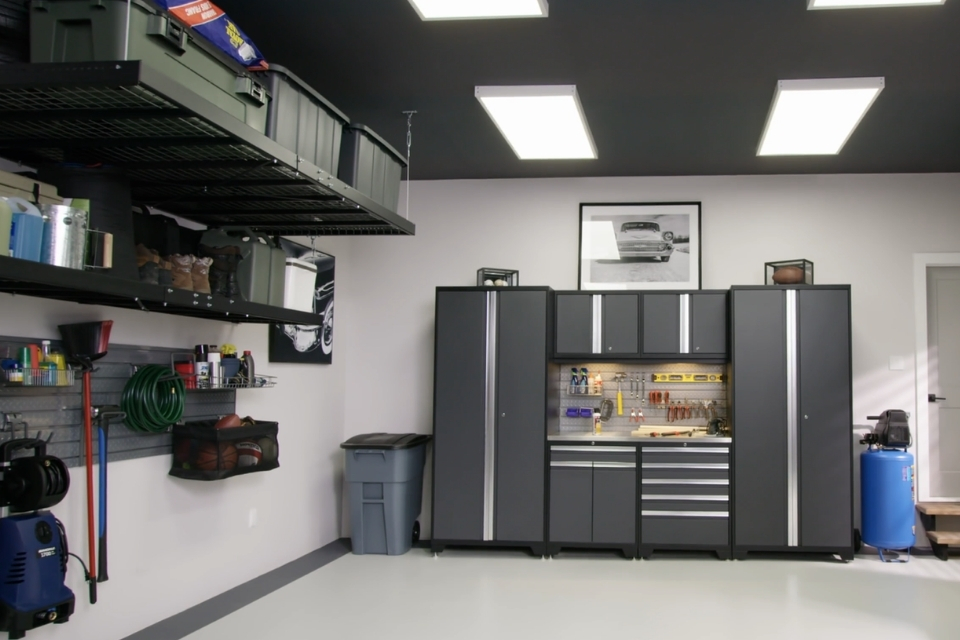
This article delves into the crucial question of whether garage cabinets need backs, exploring the structural and functional implications of this design choice.
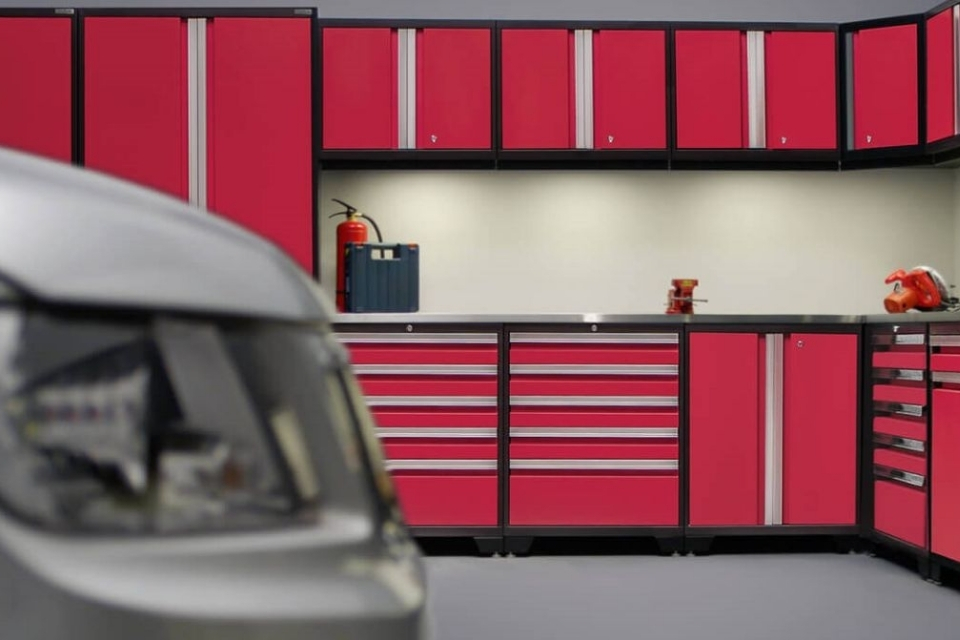
This article provides a comprehensive guide to designing an effective garage storage system, offering practical tips and innovative garage storage ideas to transform your cluttered garage into an organized and functional space.

This article offers a comprehensive guide to tool box organization, providing practical tips and innovative organization ideas to help you arrange your tools efficiently.
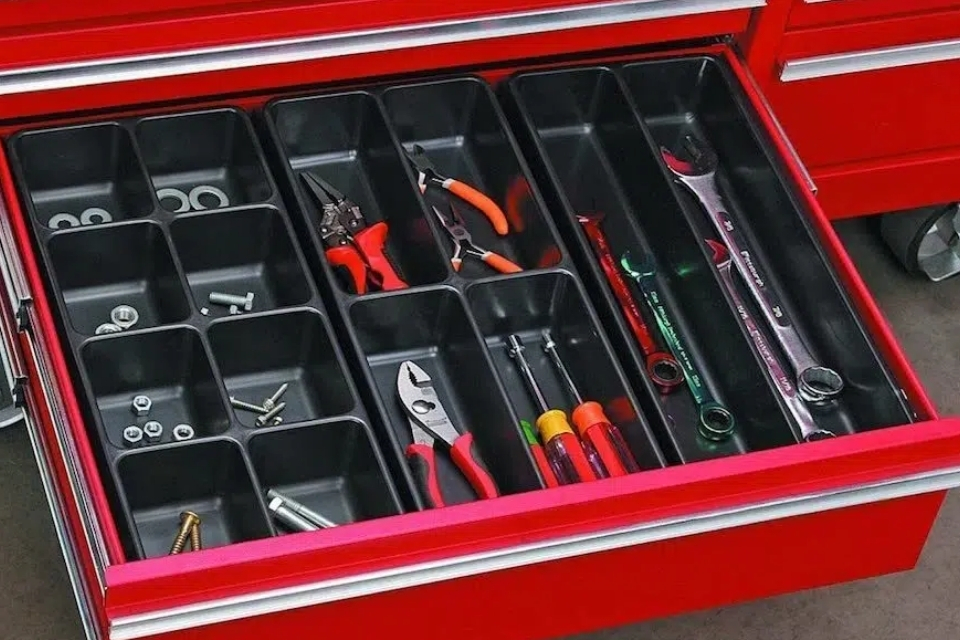
This article provides a comprehensive, step-by-step guide to installing a truck tool box, ensuring your tools are securely stored and easily accessible.
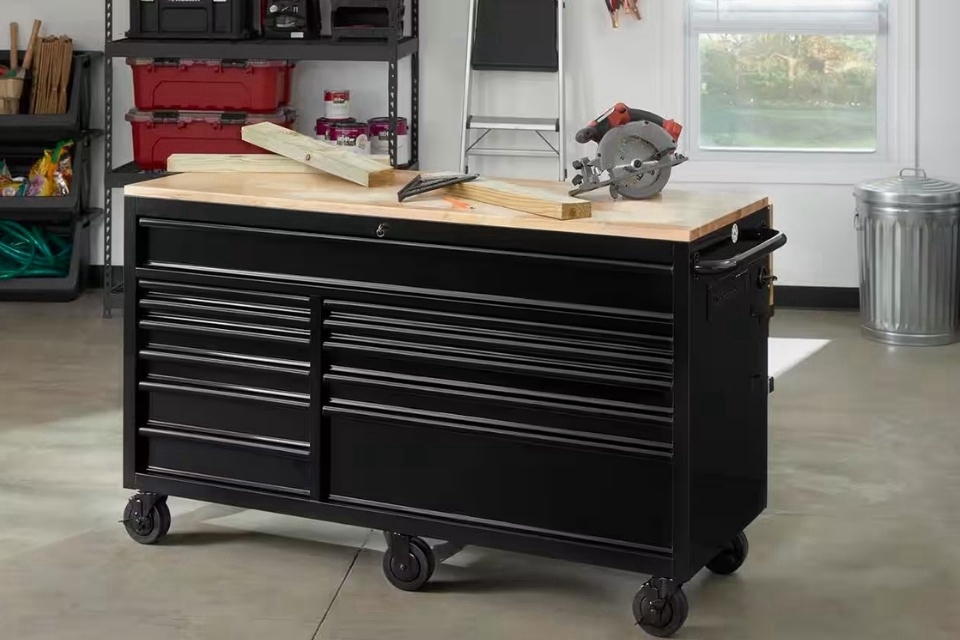
This article delves into the world of rolling tool cabinets, also known as a rolling tool chest or a rolling tool box, highlighting their versatility, functionality, and mobility as the perfect mobile storage solution for any garage or workspace.
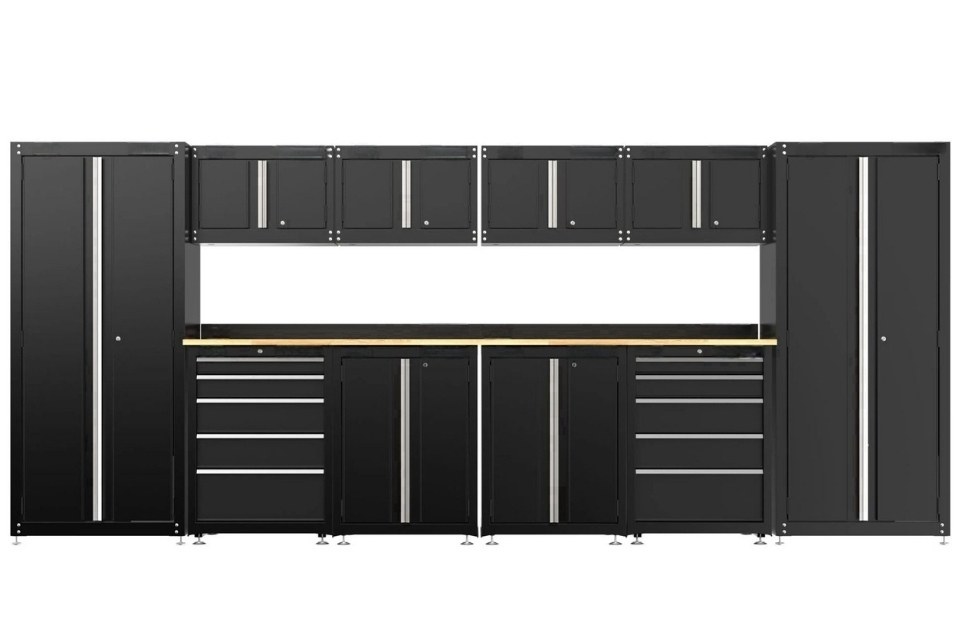
This article explores the various types of cabinet materials used for garage storage, helping you determine the best material for your garage cabinets.
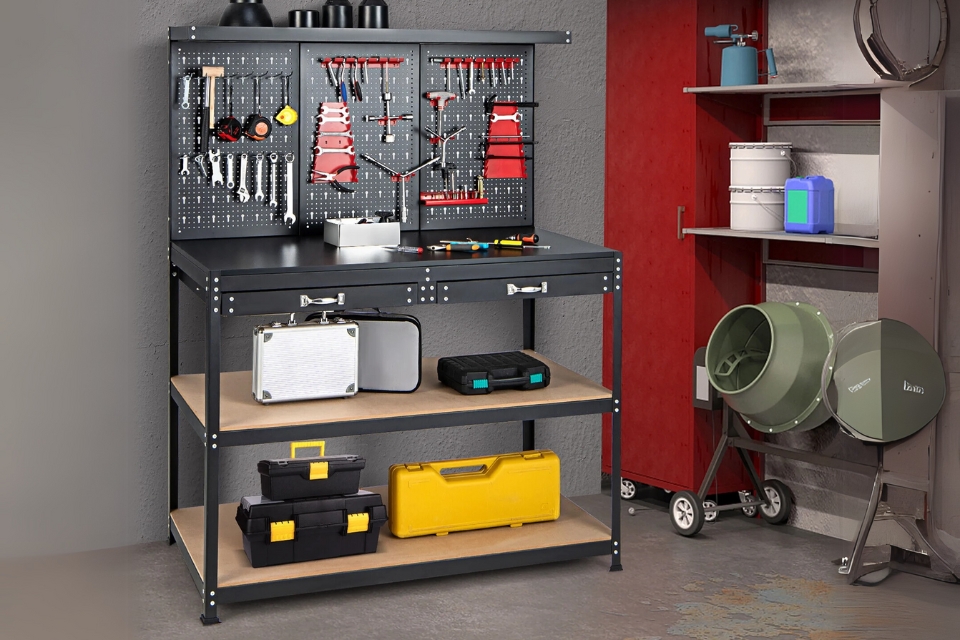
This article delves into the critical aspects of optimizing your workspace by determining the ideal amount of space needed around a workbench.

We are the leading factory for tool cabinets product in China with fast delivery, free custom services and fantastic services.
@ 2024 The Tool Cabinets. All right reserved.
Fill out the form below, and we will be in touch shortly.